
We have always had a particular regard for the one thing that gives us the privilege of doing what we love: our Land.
We protect the hills from erosion by ensuring grass grows between vine rows during the winter and by sowing graminaceous and leguminous plants micronized with different microorganisms, giving rise to a remarkable biodiversity, both above and below the surface of the soil. We never use chemical herbicides and always clean vine fields mechanically.
We comply with agro-environmental measures which aim to reduce the use of plant protection chemicals and fertilisers. We intervene manually to ensure an ideal micro climate for ripening bunches.
We are convinced that wine is all about the vine field: healthy plants and healthy grapes will inevitably result in an excellent product. Our job is to gently accompany them along the way.
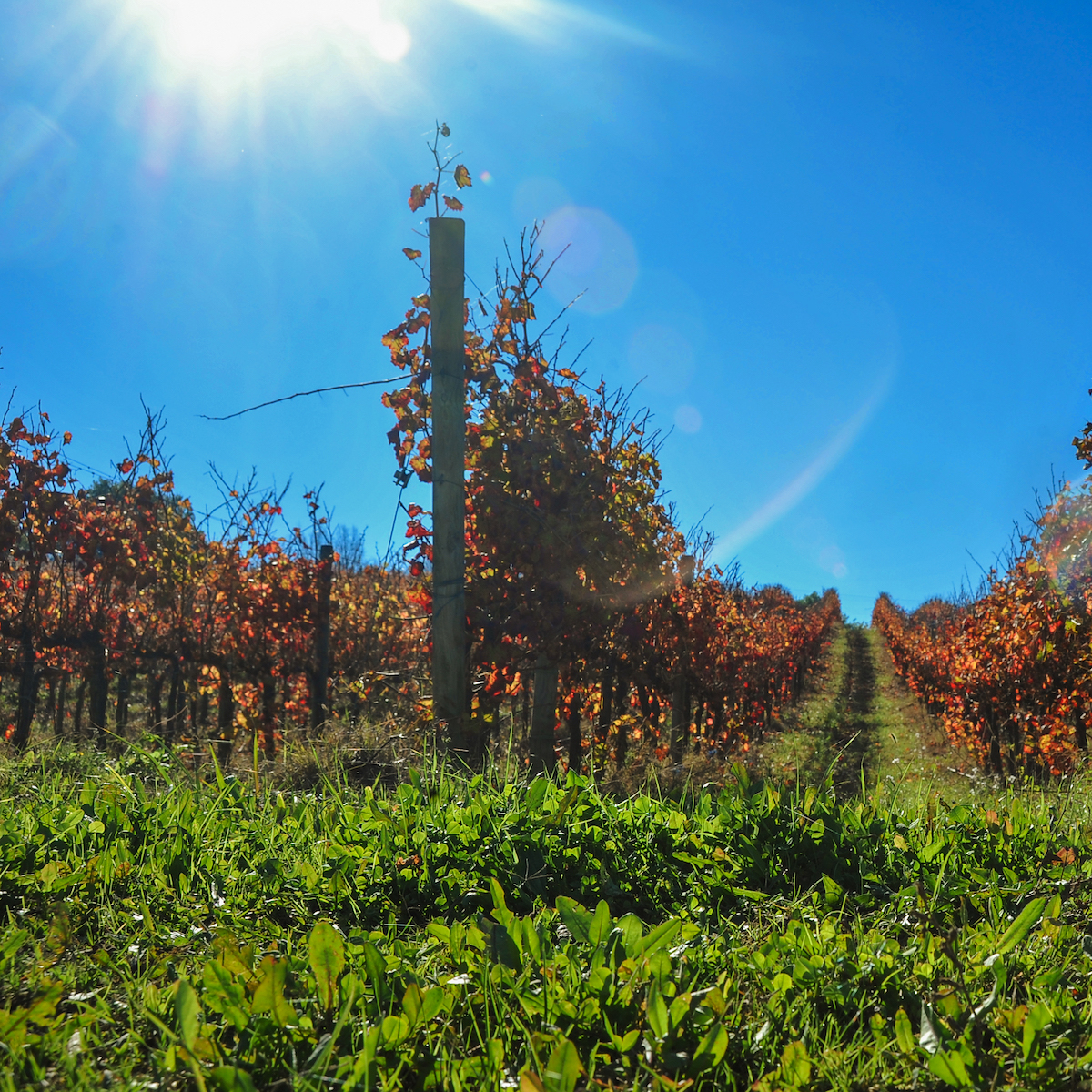
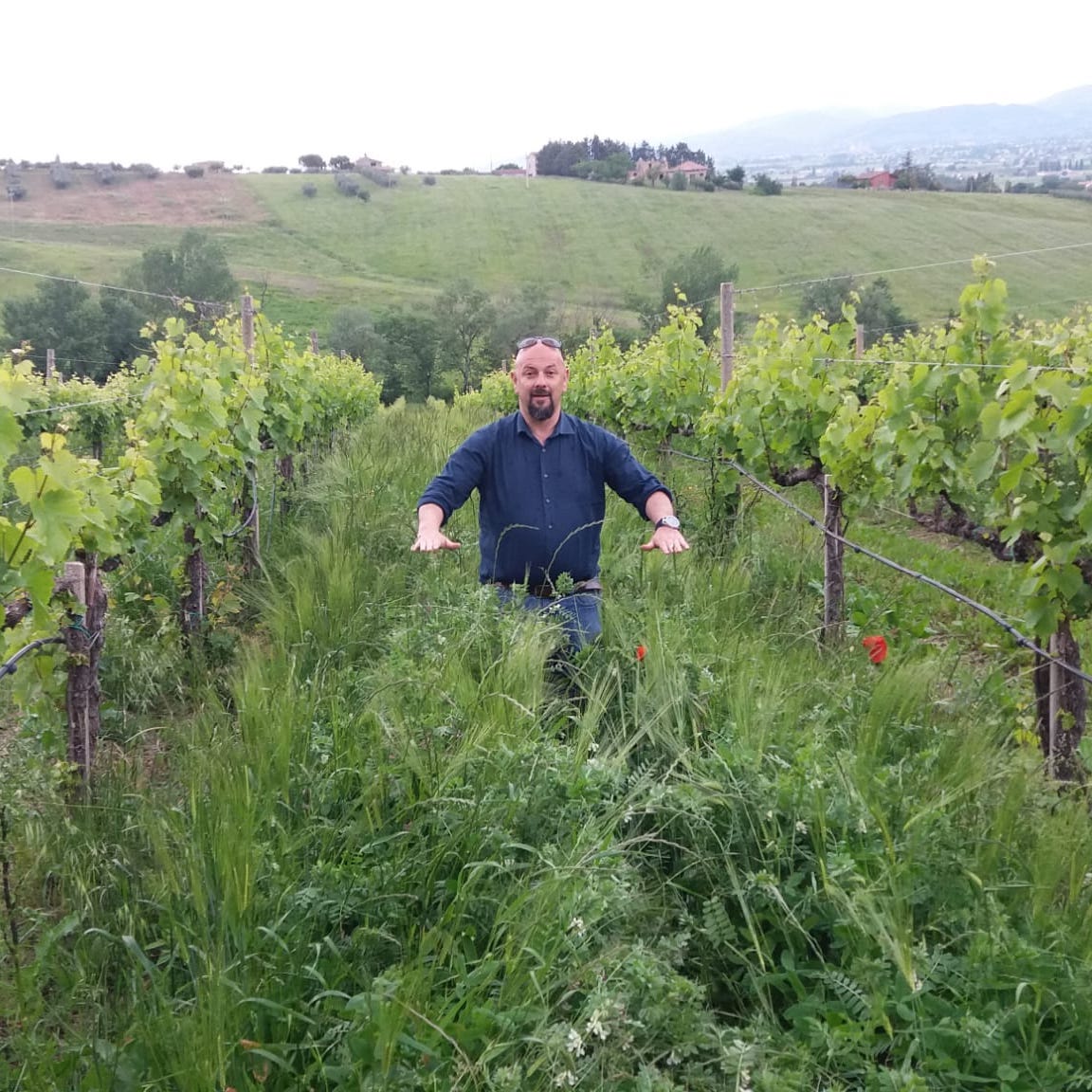
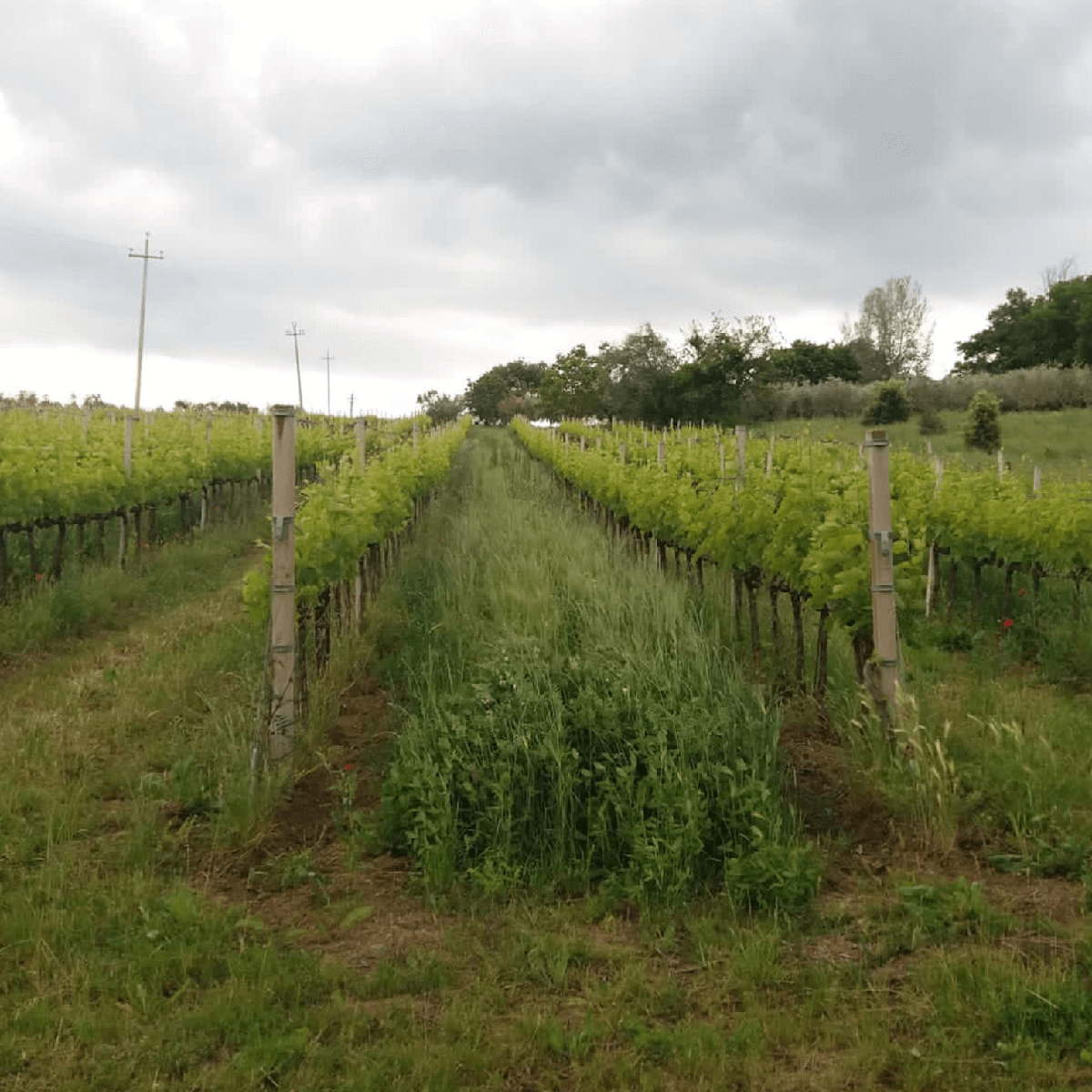
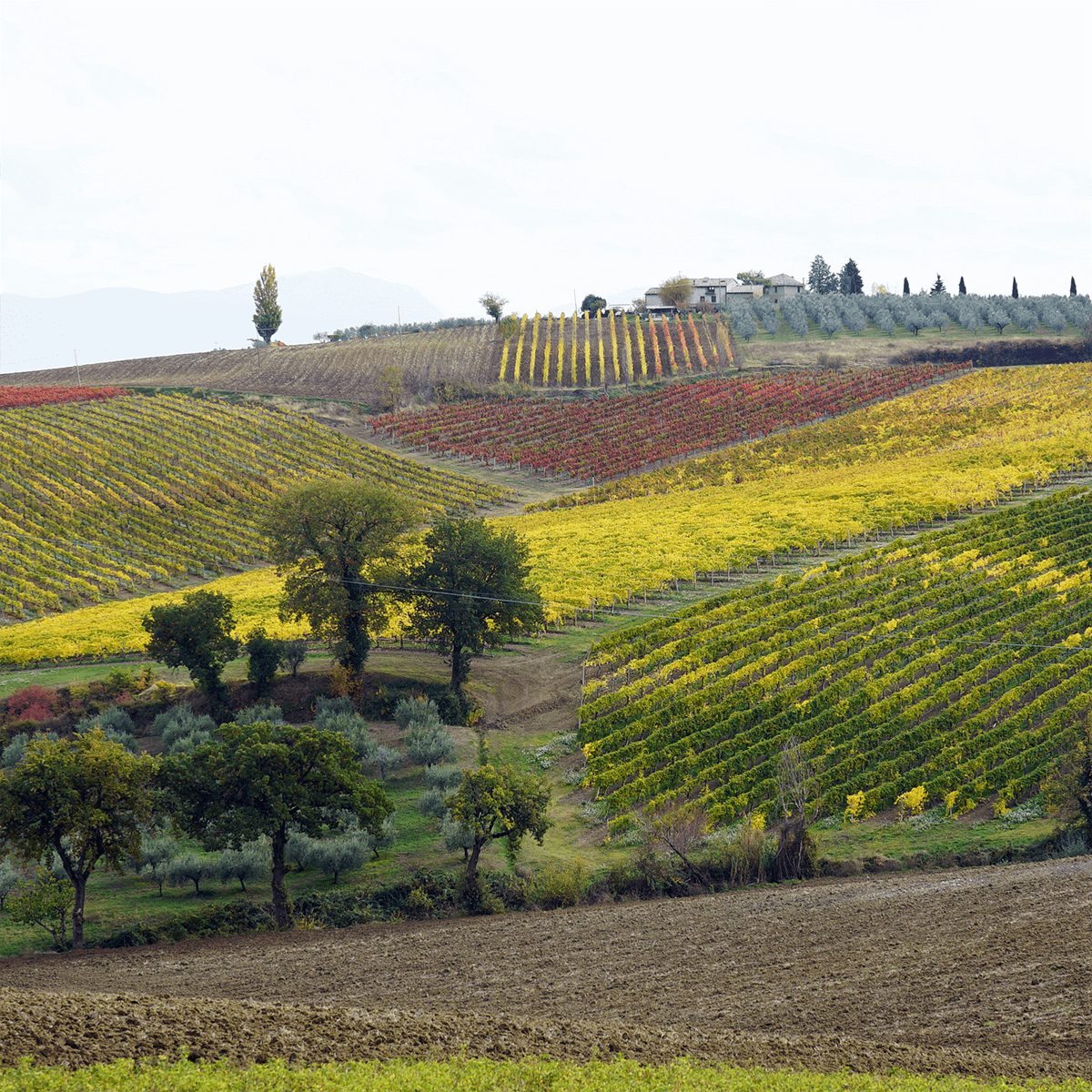
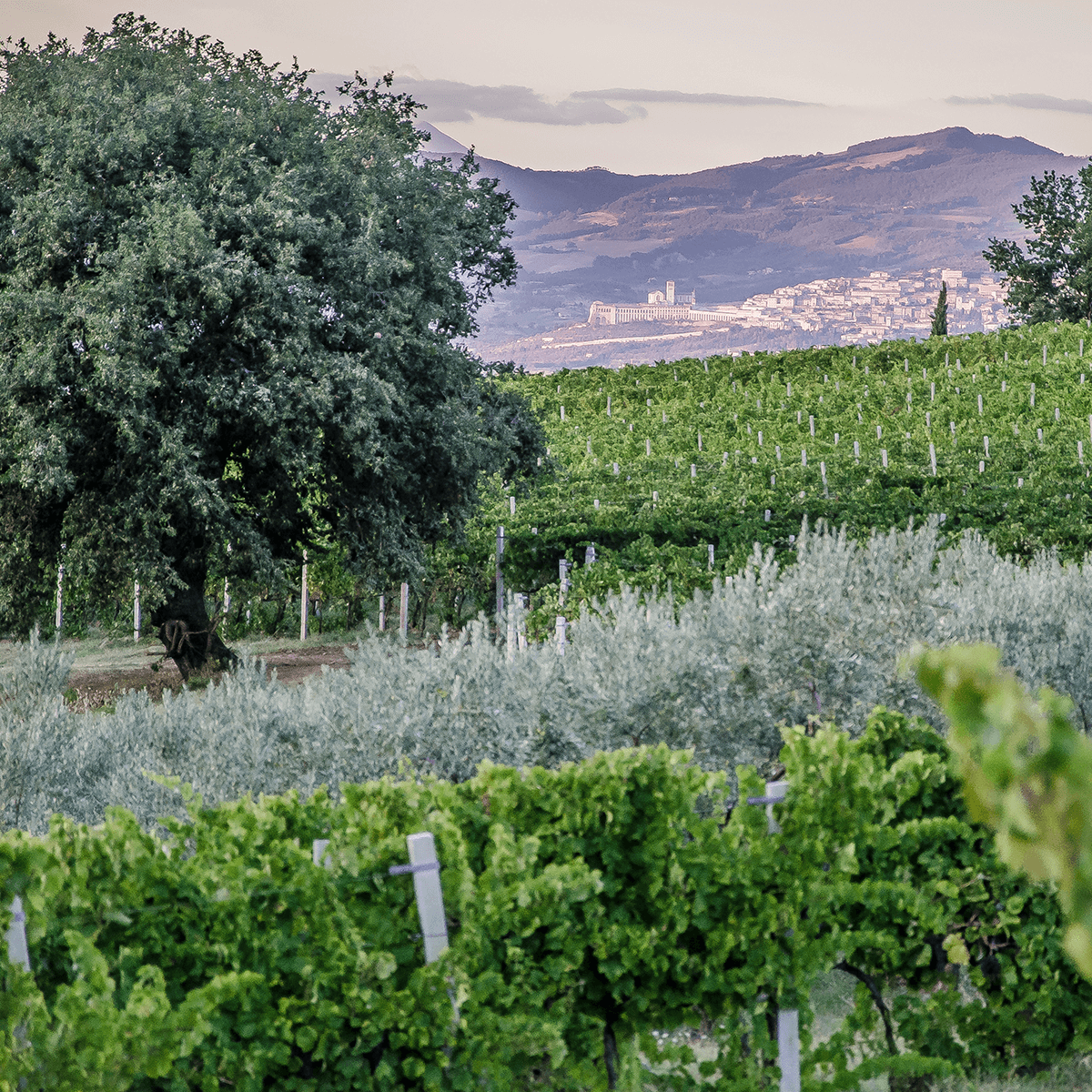
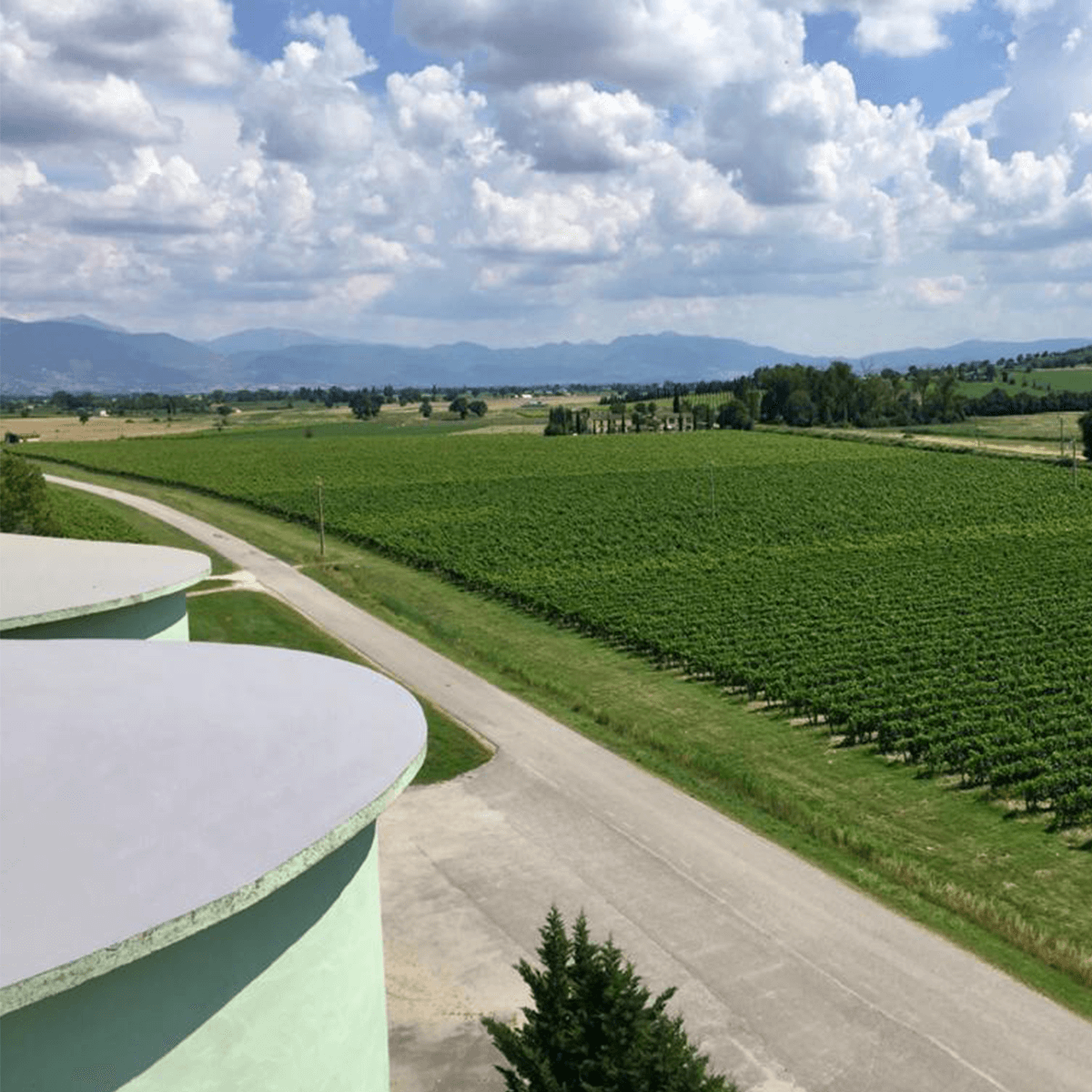
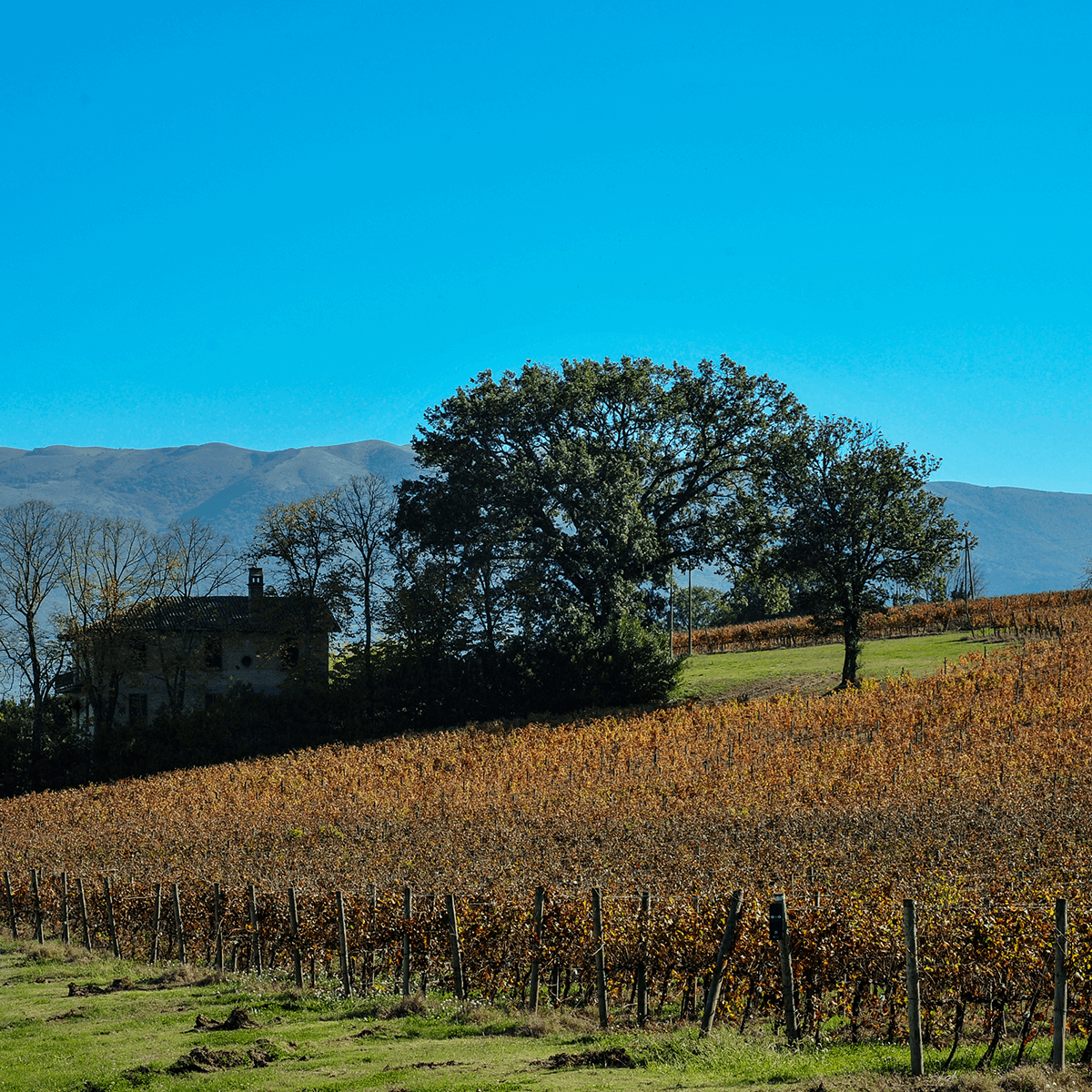
The agronomy professor would say “always remember that in nature not a single two square metres of land are the same“. The distinction between estates was inspired by this teaching; some are kilometres apart whereas others are much closer together, despite varying considerably in terms of soil altitude and exposure, yielding different grapes.
Despite always having been grape farmers, our cellar was first opened in 2014, when we joined forces to vinify our own grapes ourselves. On the day of the ribbon cutting, we thought we had achieved the pinnacle of technology, however with the passing of seasons, climate change and more in-depth knowledge of each lot of land, year after year we implemented new technologies on the farm and in the cellar, enabling us to experiment new paths for each variety, striving to express the excellence of these lands at superior oenological levels.
Today, fundamentally we use two lines for the production of whites and reds. White grapes are all hand picked and left to cool in a refrigerated cell over night in crates. They are then delicately de-stemmed to ensure they remain as intact as possible, cryomacerated for more or less time according to the variety and gently pressed in the absence of oxygen under nitrogen to prevent oxidation. The resulting must ferments in temperature controlled stainless steel barrels.
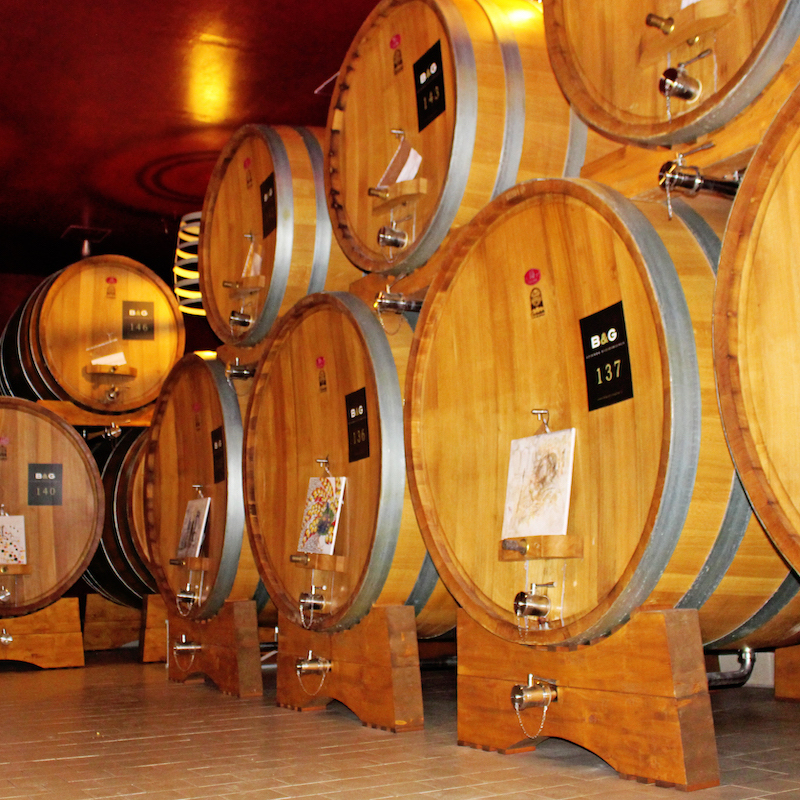
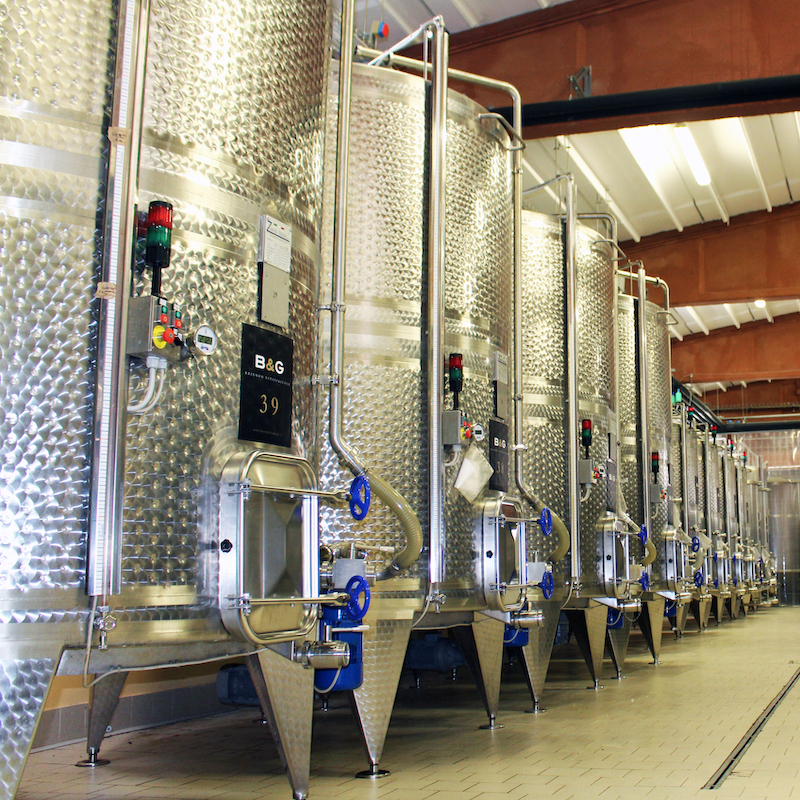
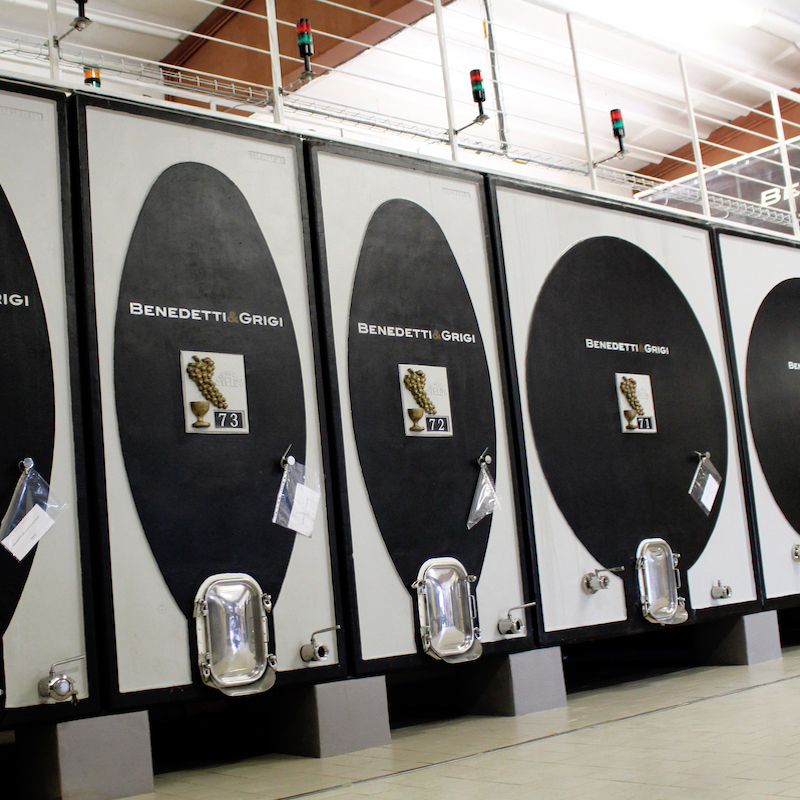
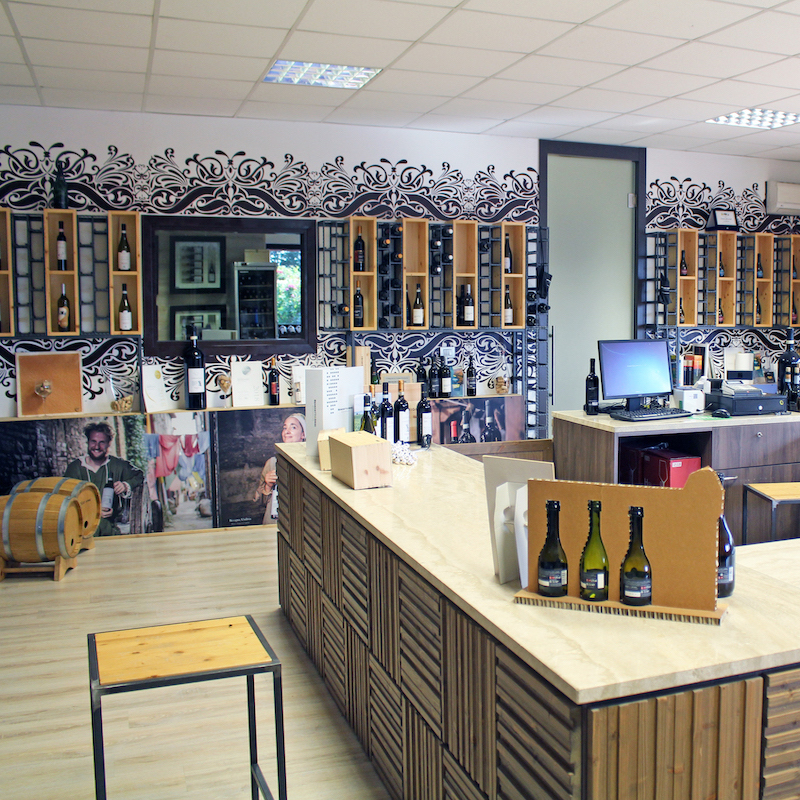
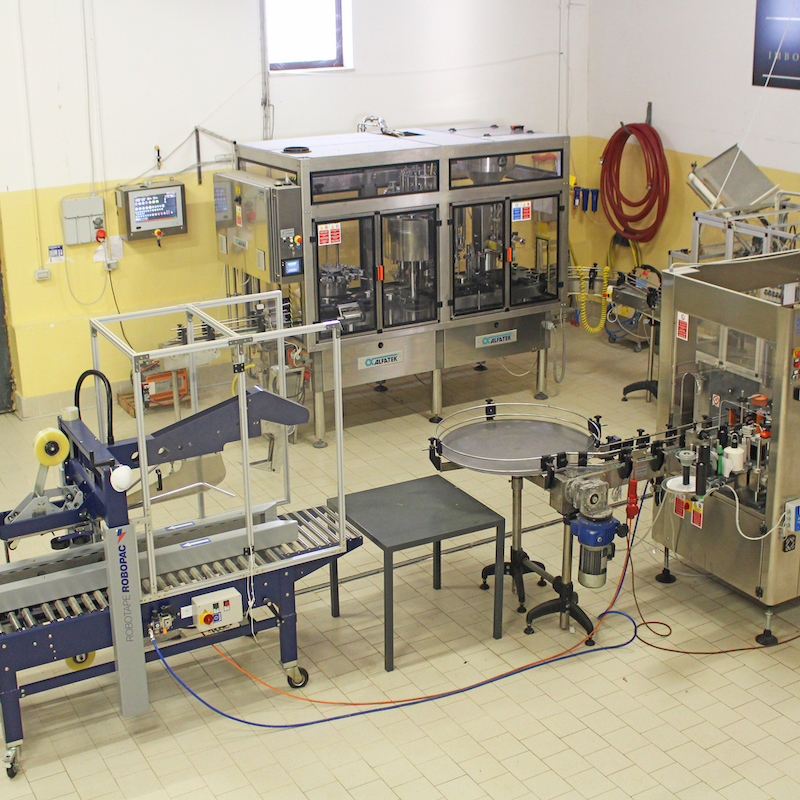
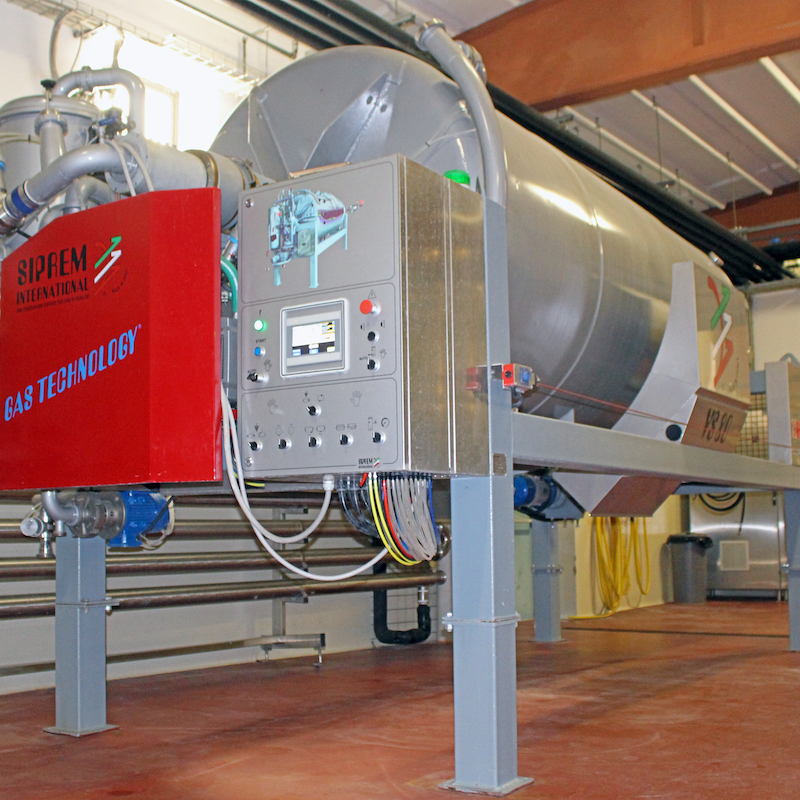
Red grapes are harvested partly by hand and partly by machine, de-stemmed and left to ferment for more or less time according to the variety, in temperature controlled steel barrels and with programmed pumping over. Fermentation is followed by maceration. The resulting wine is placed in steel barrels where it finishes malolactic fermentation.
According to the type of wine, successive ageing takes place in cement, large wooden barrels, tonneaux and oak barriques. Our continuous research, pursued with the support of our in-house laboratory, inspires tireless and continuous product improvement. We are proud to say that the farm is continuously growing in terms of quality and each year new resources are invested to enable improvements to each wine.